Bitcoin Becomes Strategic
Bitcoin Becomes Strategic
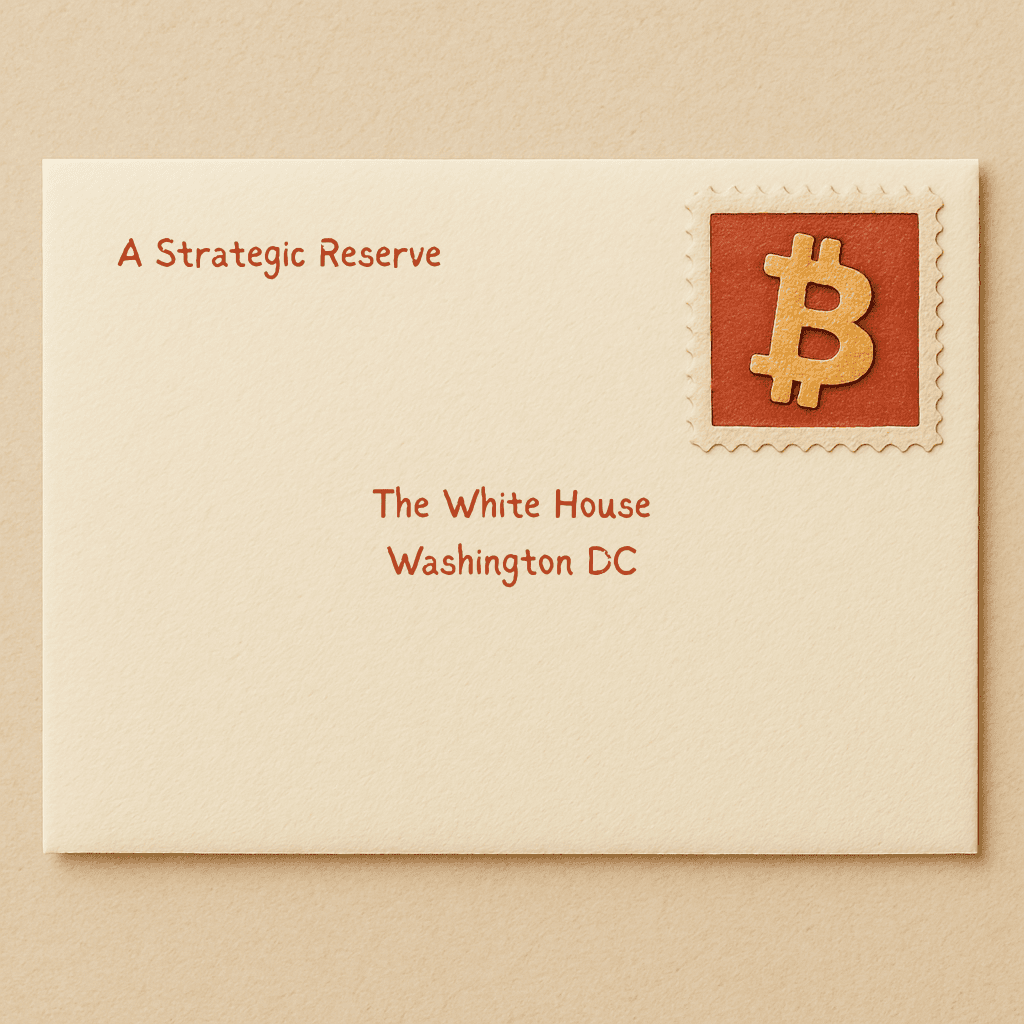
March: Bitcoin Gets the Government Stamp
April: The Month Tariffs Go Live

Breaking down the Strategic Bitcoin Reserve:
- 200,000 BTC now held as a reserve asset
- Valued at roughly $17.6B, these coins will not be sold
- No new market purchases are authorised (yet), but future expansion is on the table
- Other seized cryptocurrencies—like ETH and XRP—are being held in a separate stockpile
What Happens Next?
In the News:
Transitory tariffs – Powell:
Australian Federal Budget
War Updates: Russia vs Ukraine, Middle East Conflict
Market Update:
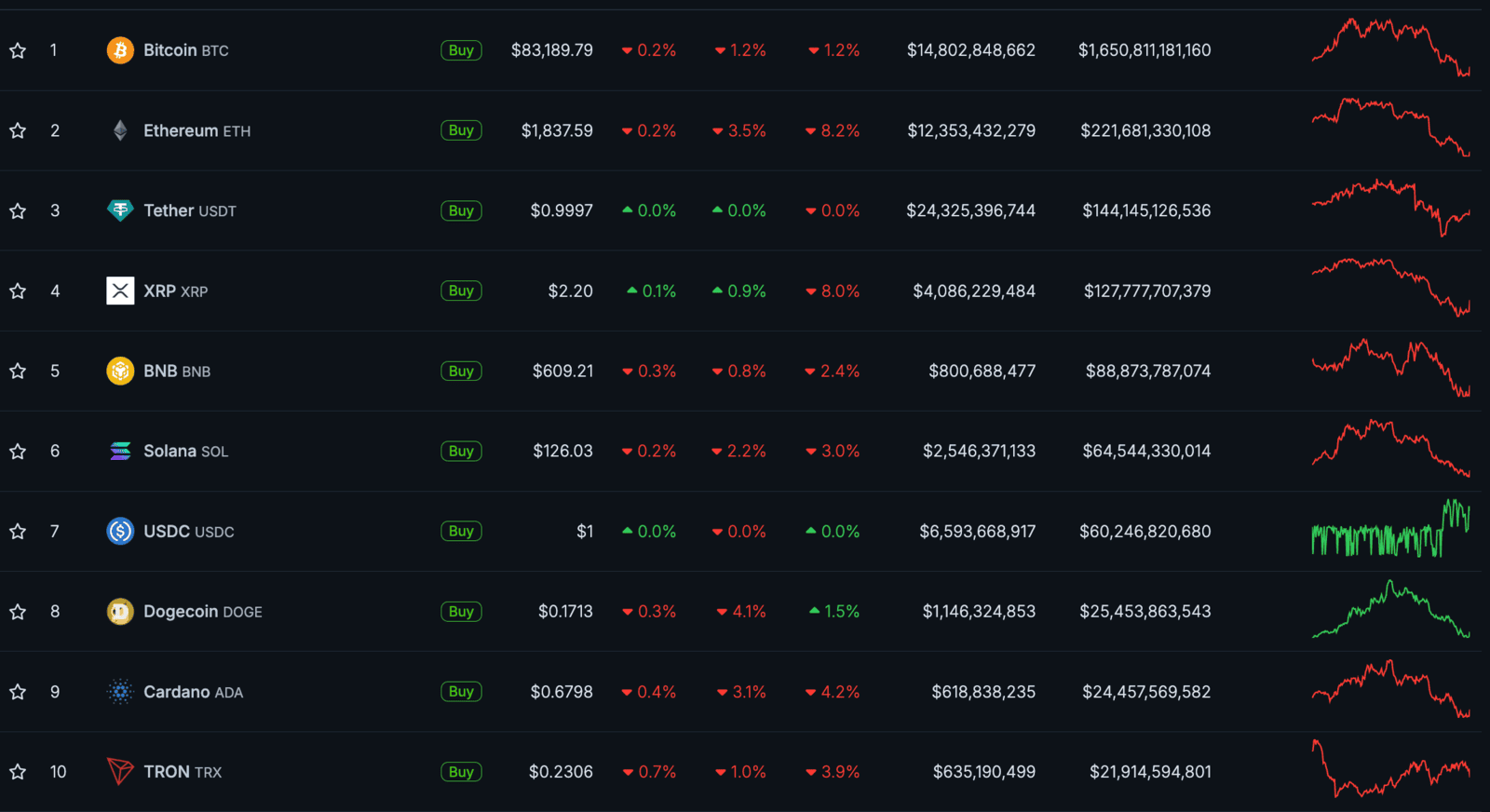
Here is the fast five of what you need to know about the market in March 2025:
- Bitcoin falls 3.33% in March
- Ethereum falls 20% to below $2,000 for the first time since November 2023
- Tron returns to the top 10, displacing STETH after Ethereum’s poor month
- World Liberty Financial set to launch its own USD stablecoin ‘USD1’
- Total crypto market cap loses 3.11%, down to $2.66T
Video of the month:
Education: Why Bitcoin is a Hedge Against Monetary and Fiscal Policy
Why Was Bitcoin Created in the First Place?
Free from Government Control
Sovereign: Escaping Monetary Expansion
Protection from Currency Devaluation
Hedge Against Political Risk and Fiscal Mismanagement
Bitcoin is a hedge against all forms of government overreach.
The Bottom Line
Memes of the Month
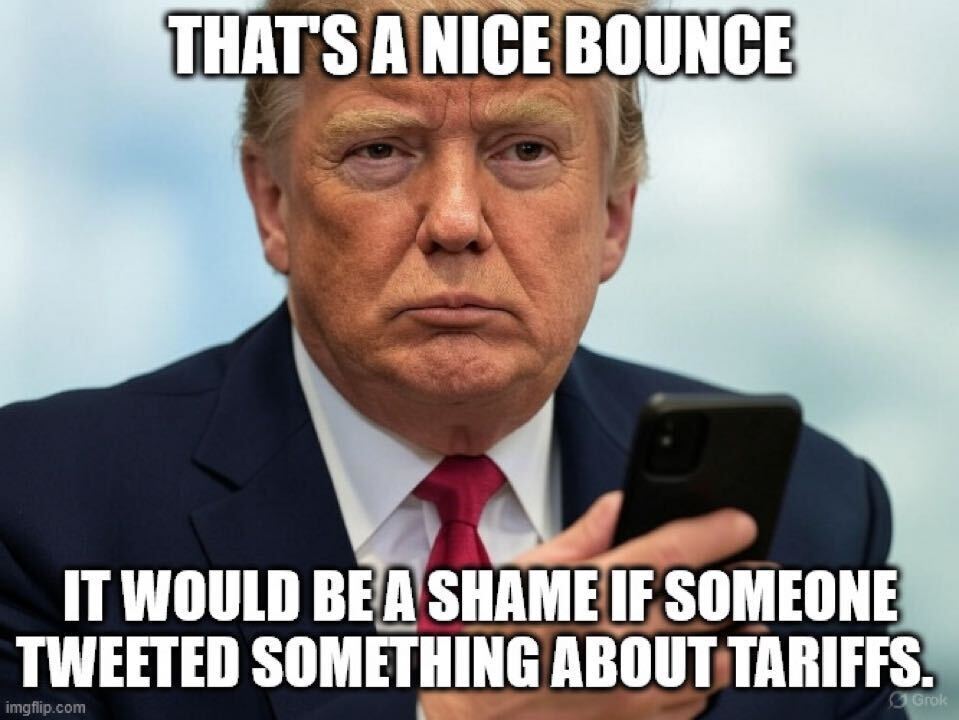
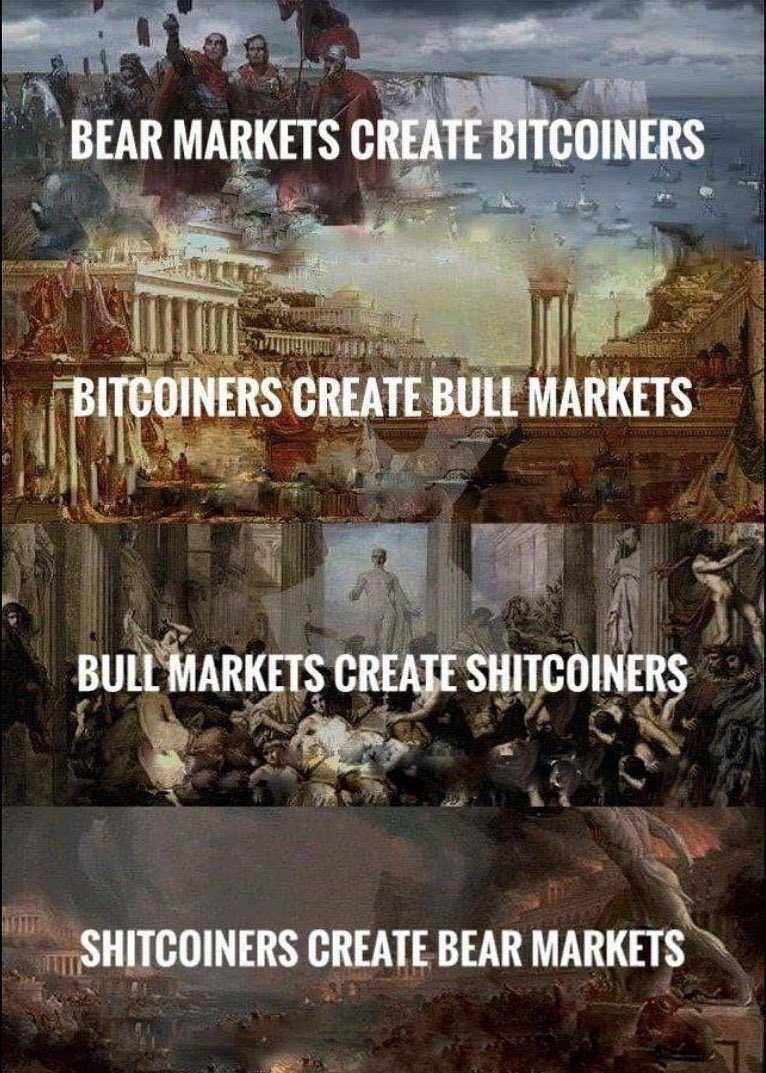
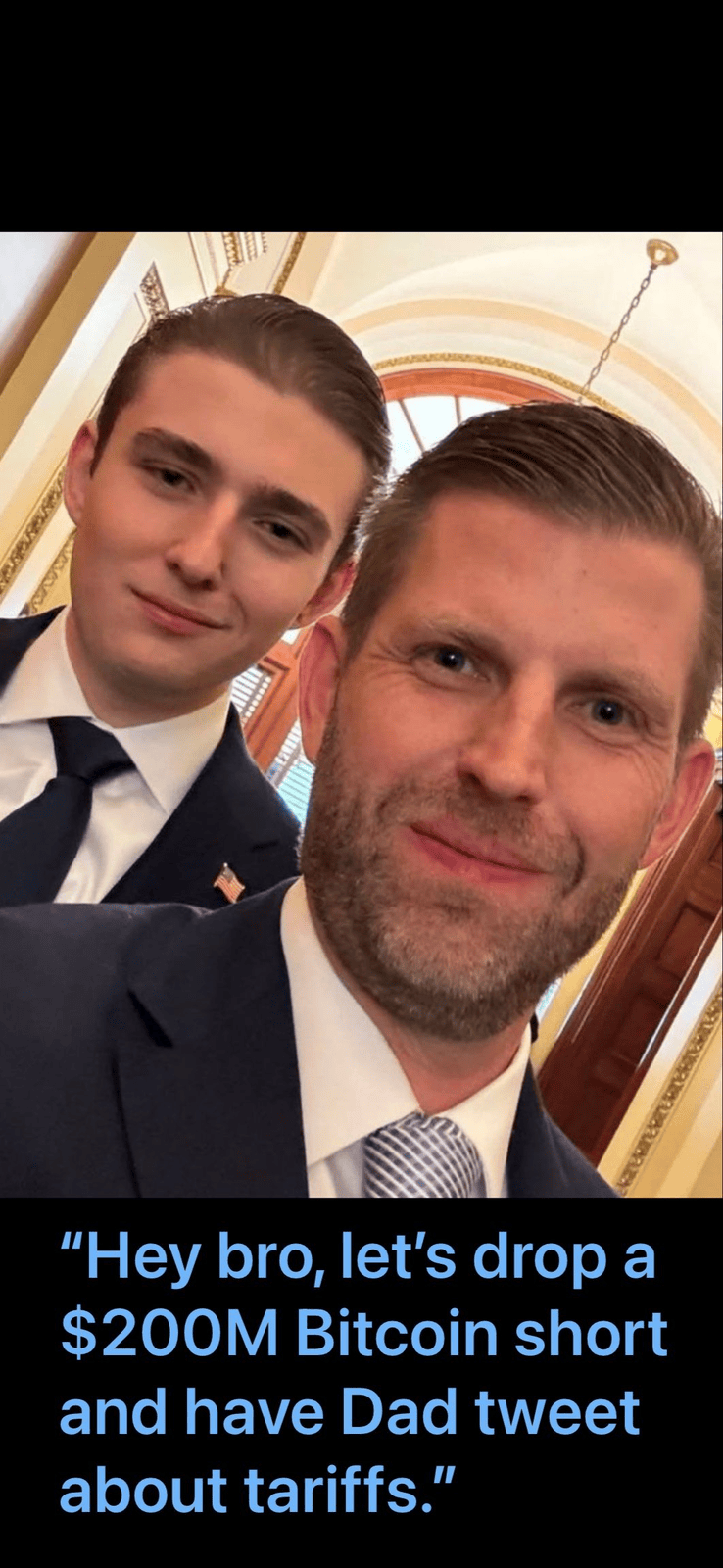
Written by Alexandar Artis
Start Your Brokerage Account
If you enjoyed this Rake Review, feel free to open an account and gain access to more proprietary research and work with your very own dedicated crypto broker.
No Advice Warning
Disclaimer
All statements made in this newsletter are made in good faith and we believe they are accurate and reliable. Stormrake does not give any warranty as to the accuracy, reliability or completeness of information that is contained here, except insofar as any liability under statute cannot be excluded. Stormrake, its directors, employees and their representatives do not accept any liability for any error or omission in this newsletter or for any resulting loss or damage suffered by the recipient or any other person. Unless otherwise specified, copyright of information provided in this newsletter is owned by Stormrake. You may not alter or modify this information in any way, including the removal of this copyright notice.Copyright © 2022 Stormrake Pty Ltd, All rights reserved


